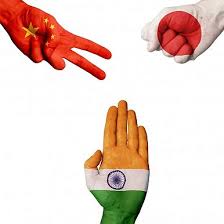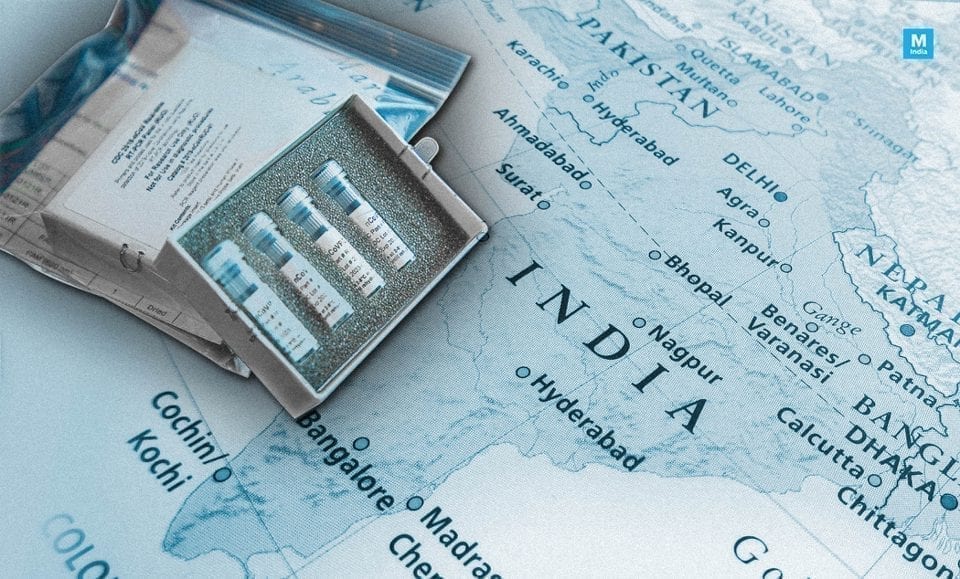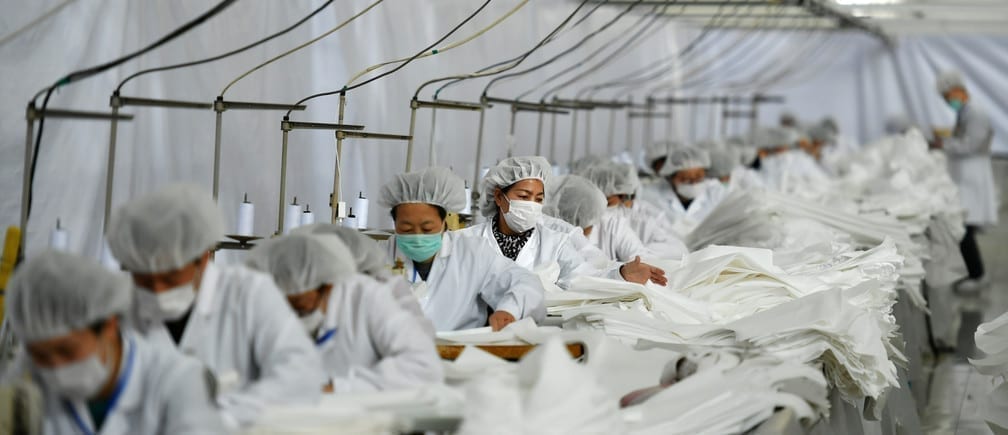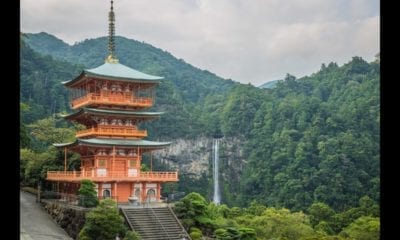Asia
Having tea with China and Japan

The Cold War is marked for shifting the geopolitical centre of gravity from the Euro-Atlantic to the Indo-Pacific region. Asian economies are now worth for more than half of global GDP and are becoming larger.
According to President Xi Jinping’s ‘two guides’ policy, China should guide ‘the shaping of the new world order’ and safeguard ‘international security’. The BRI is also complemented by a growing Chinese naval presence in the Indian Ocean.
Differences with China did not begin with Doklam, they began long ago in the form of:
- Visa issue for Indians belonging to Arunachal Pradesh and Jammu and Kashmir.
- Growing incidents of incursions along the disputed boundary.
- Blocking of India’s bid to join the NSG.
- Ensuring that Pakistan-based terrorist groups found no mention in the BRICS summit in Goa.
- And preventing the inclusion of Masood Azhar from being designated as a terrorist by the UN Security Council by exercising a veto.
The Japanese relationship is very crucial to us at such times, in the face of a possible confrontation with China. Mumbai-Ahmedabad high speed rail corridor is more than symbolism. It demonstrates that high-cost Japanese technology is viable in developing countries and also that India has the absorption capacity to master it. Another major initiative that is recently launched is the Asia-Africa Growth Corridor to build connectivity for which Japan and India has committed $30 billion and $10 billion respectively. However to make this critical ‘global partnership’ work between the two countries, India needs to change its style of implementing projects abroad. That is because most of our overseas projects have been plagued by cost and time over-runs.






































